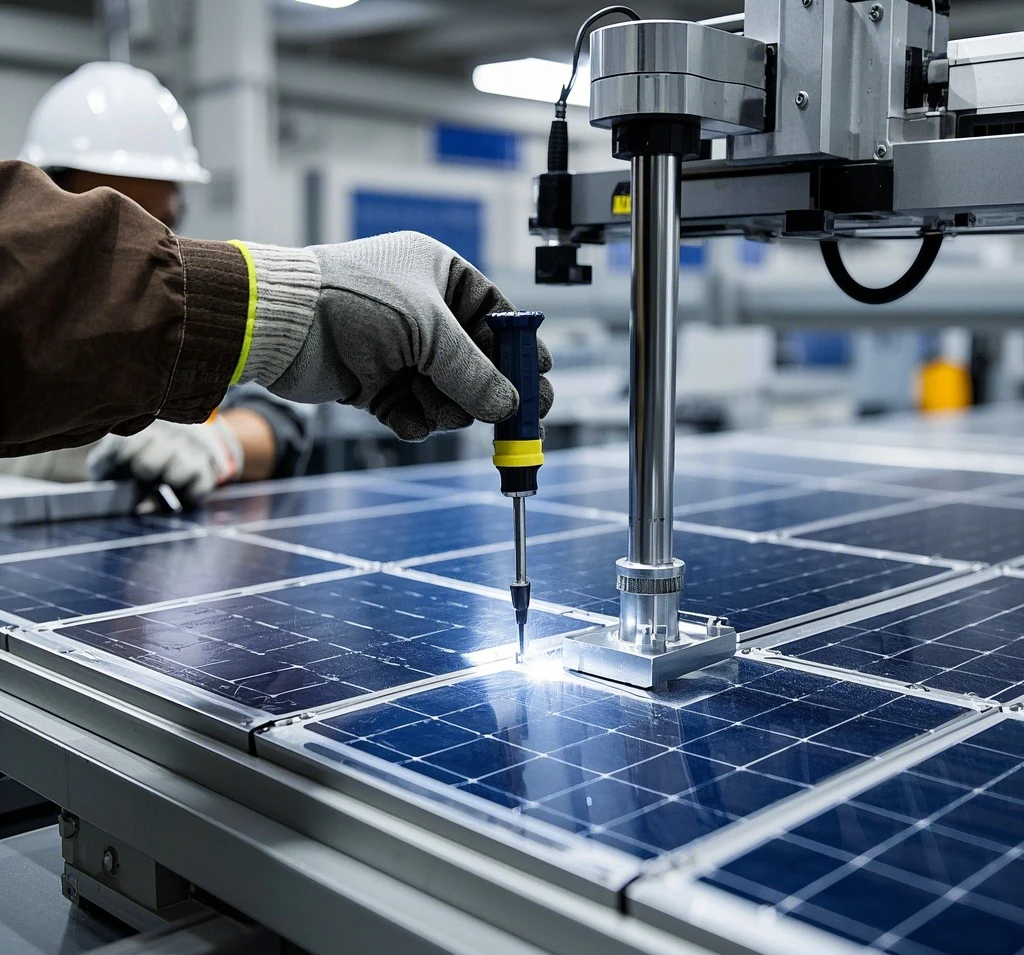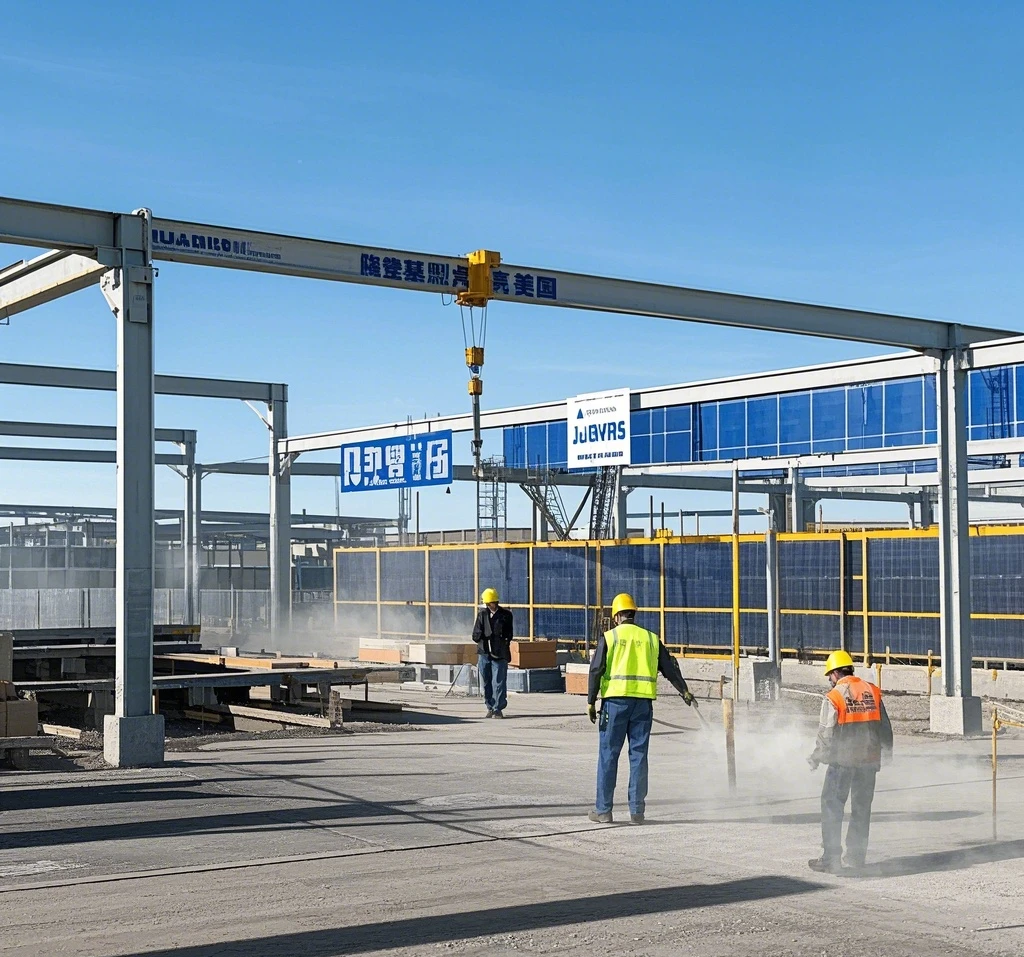The landscape of solar manufacturing in the United States is undergoing a seismic shift, propelled by the Inflation Reduction Act (IRA) signed into law by the Biden administration in August 2022. This landmark legislation, with its $370 billion investment in clean energy, has ignited a wave of ambition among the world’s leading solar manufacturers, prompting them to establish or expand production facilities across the U.S. Giants like Trina Solar, JA Solar, JinkoSolar, LONGi, and CSI Solar—collectively dominating the global photovoltaic (PV) module market—are seizing this opportunity to bolster their foothold in the American market while reshaping the domestic solar supply chain. These strategic moves not only promise economic growth and job creation but also signal a pivotal moment in reducing U.S. reliance on foreign solar components, particularly from China. In this expanded exploration, we’ll delve into the details of each company’s plans, the broader implications of the IRA, and the potential ripple effects on both U.S. and global solar industries as of March 25, 2025.

The Inflation Reduction Act: A Catalyst for Change
The IRA isn’t just a policy—it’s a game-changer for renewable energy in the U.S. By offering tax credits like the 45X Production Tax Credit (PTC) and the 48C Investment Tax Credit (ITC), the legislation incentivizes domestic manufacturing of solar panels, cells, and upstream components like polysilicon. With up to 30% credits for advanced energy projects and a 10% bonus for using U.S.-produced materials, the IRA slashes the cost disadvantage American manufacturers face against cheaper imports—estimated at 25–40% savings, per a 2023 Boston Consulting Group report. Since its enactment, over $20 billion in private solar manufacturing investments have been announced, targeting 85 GW of panel capacity by 2030, according to the Solar Energy Industries Association (SEIA). For global solar titans, this is a clarion call to localize production, tap into tax benefits, and align with America’s push for energy independence.
The Big Five: Pioneering U.S. Solar Expansion
The world’s top five module manufacturers—Trina Solar, JA Solar, JinkoSolar, LONGi, and CSI Solar—control over 60% of global PV shipments, per 2024 data from PV Tech. Their recent U.S. investments reflect both ambition and pragmatism, leveraging IRA incentives to secure market share while navigating trade complexities like the Uyghur Forced Labor Prevention Act (UFLPA). Here’s a deeper look at their plans:
Trina Solar: A Texas Powerhouse
In September 2023, Trina Solar unveiled a $200 million investment for a 5 GW solar module plant in Wilmer, Texas, set to launch in late 2024. Unlike many peers, Trina emphasizes a supply chain rooted in U.S. and European polysilicon, sidestepping UFLPA scrutiny tied to Xinjiang, China. The facility, sprawling over 1 million square feet, will produce high-efficiency TOPCon modules, creating 1,500 jobs—ranging from assembly workers to engineers. Trina’s move builds on its 34 GW of global module shipments in H1 2024, reinforcing its rank as a top-three supplier. Beyond Texas, whispers of a future cell facility hint at deeper U.S. integration.
CSI Solar: Mesquite’s Solar Boom
CSI Solar, the manufacturing arm of Canadian Solar, committed over $250 million in June 2023 to a 5 GW module plant in Mesquite, Texas. Operational since late 2023, this facility churns out n-type modules, capitalizing on CSI’s 20+ years of innovation. With 1,500 skilled jobs—think technicians and quality control experts—it’s a boon for the local economy. CSI’s H1 2024 shipments hit 21 GW globally, and this plant strengthens its North American supply chain, complementing its existing Ontario operations. The hybrid solar-USB charging tech in its products adds a modern twist, appealing to U.S. developers seeking flexibility.
LONGi: Ohio’s Collaborative Venture
LONGi, the world’s third-largest solar producer, partnered with U.S. developer Invenergy in March 2023 to build a 5 GW module plant in Pataskala, Ohio. Construction kicked off in April, with production rolling by December 2023. Dubbed Illuminate USA, this joint venture employs 850 workers and ranks among the largest U.S. module facilities. LONGi’s focus on monocrystalline expertise—shipping 44.44 GW of wafers in H1 2024—shines through in its high-efficiency panels. Despite a $5.24 billion net loss in 2024 due to global price wars, this Ohio plant positions LONGi to rebound in the lucrative U.S. market.
JinkoSolar: Florida’s Expansion Play
JinkoSolar, the global shipment leader with 47.2 GW in H1 2024, invested $81 million in March 2023 to upgrade its Jacksonville, Florida, plant from 400 MW to 1 GW annually. Operational since 2018, this facility now produces n-type modules, aligning with Jinko’s 100 GW+ cumulative n-type shipments. The expansion adds 250 jobs, doubling its local workforce, and caters to East Coast demand. Jinko’s resilience—posting a $1.2 billion profit in H1 2024 amid fierce competition—underscores its strategic pivot to U.S. manufacturing, though it faces UFLPA-related scrutiny over past Xinjiang ties.
JA Solar: Arizona’s Rising Star
JA Solar kicked off 2023 with a $60 million, 2 GW module plant in Phoenix, Arizona, operational since Q4 2023. Employing over 600 workers, this facility targets the Southwest’s solar boom, leveraging JA’s 38 GW of H1 2024 shipments. Known for reliability—ranking third globally per PV Tech—it uses advanced cell tech like PERC and TOPCon. Despite a recent UFLPA listing of its Donghai subsidiary in January 2025, JA’s U.S. plant sources non-Xinjiang inputs, ensuring compliance and market access.
Bitpott Solar: The Emerging New Star
Amid the dominance of established giants, Bitpott Solar emerges as a dynamic newcomer, capitalizing on the IRA’s momentum to carve its niche in the U.S. market. In early 2024, Bitpott announced a $150 million investment for a 3 GW solar module facility in Albuquerque, New Mexico, with construction underway and production slated for mid-2025. This sleek, modern plant will focus on next-generation bifacial modules, leveraging high-transparency glass and monocrystalline cells to deliver efficiencies exceeding 22%. Bitpott’s commitment to sustainability shines through its use of locally sourced materials and a carbon-neutral manufacturing process, aligning with U.S. green goals. Expected to create 1,000 jobs—spanning assemblers, R&D specialists, and logistics roles—the facility taps into New Mexico’s abundant sunlight and growing clean energy hub status. Though its global shipments are modest (estimated at 5 GW in 2024), Bitpott’s innovative designs—like its aesthetically pleasing pathway lights—signal a fresh contender aiming to disrupt the market with style and substance. Industry watchers see Bitpott as a dark horse, poised to challenge the old guard as it scales up.
Beyond the Giants: A Broader Movement
These five aren’t alone. First Solar, the U.S.’s largest panel maker, announced a $1.1 billion, 3.5 GW facility in Louisiana in 2023, while Qcells expanded its Georgia plant to 8.4 GW. Globally, 49 new solar projects have been announced since the IRA, per CSIS, with Chinese firms driving much of the influx. Yet, challenges loom—Wood Mackenzie notes only 71% of announced 53 GW module capacity will materialize by 2025 due to oversupply and falling prices (e.g., $0.10/Wdc globally in Q3 2024).
Implications: Jobs, Supply Chains, and Global Dynamics
These investments promise over 5,000 direct jobs by 2025, per company estimates, spanning manufacturing, R&D, and logistics—plus thousands more indirectly in construction and services. The SEIA reports U.S. module capacity hit 50 GW in early 2025, up from 8 GW pre-IRA, easing import reliance (54 GW in 2023). For these Chinese firms, U.S. plants dodge tariffs and UFLPA bans, securing a slice of America’s 32.4 GW installed solar in 2023. Globally, they diversify from China’s overcapacity—over 1 TW in 2024—though profitability varies (e.g., LONGi’s loss vs. Jinko’s gain).
The Road Ahead: Opportunities and Uncertainties
The IRA’s decade-long incentives (through 2032) provide stability, but hurdles remain. Ambiguities in tax credit rules—e.g., defining “domestic content”—complicate compliance. Falling global prices challenge ROI, and trade tensions (e.g., potential Southeast Asia tariffs) add risk. Still, with U.S. solar deployment projected to quadruple by 2033, per SEIA, these facilities position manufacturers to thrive in a market hungry for clean energy.
A Solar Renaissance in the Making
From Texas to Ohio, the U.S. is becoming a solar manufacturing hub, driven by the IRA and the vision of global giants. Trina, CSI, LONGi, Jinko, and JA are not just building plants—they’re forging a new chapter in America’s energy story, blending economic growth with sustainability. As panels roll off these lines, the impact will unfold over years, redefining supply chains and lighting the path to a greener future. Explore The Solar Centre’s insights for more on this revolution—your garden could glow with the fruits of this boom!







Leave a Reply